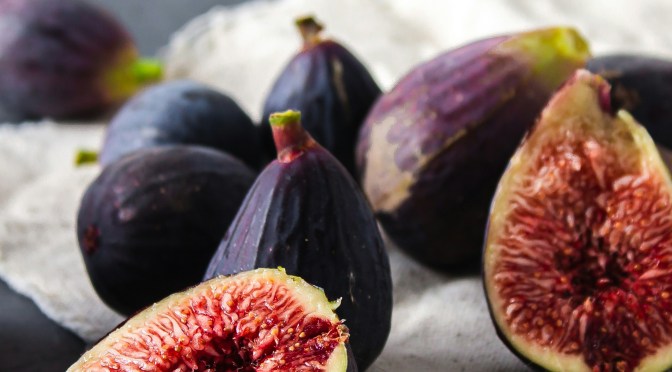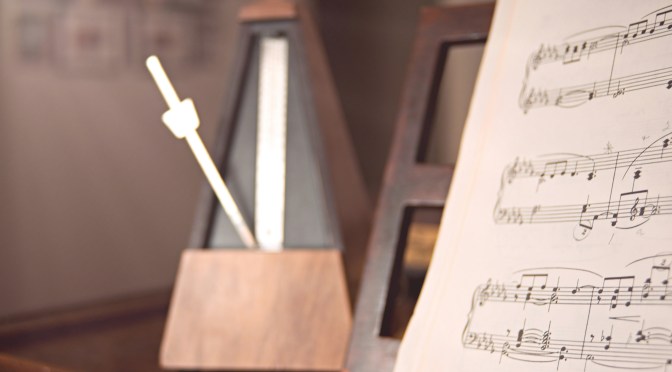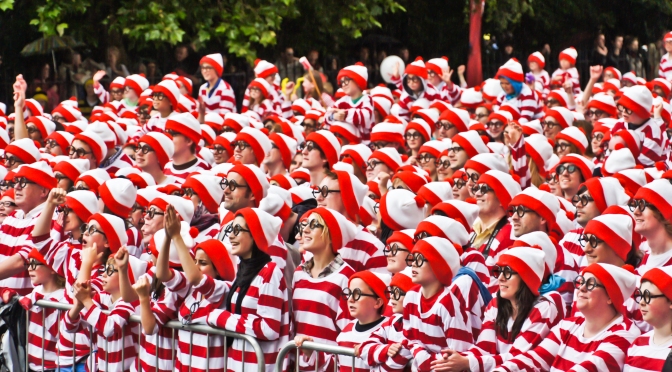We are in Boston until Sunday, and are having a lovely time. I feel pretty spoiled to be on both US coasts in less than a month to sample great seafood in both places. The only thing better would be to eat homemade pasta in Bologna, Italy.
We had a wonderful encounter with the cab driver who drove us to the hotel from the airport on Wednesday. He was an East Indian man in his 30’s who has lived in the US for 14 years. He loved telling about the city and things we were driving past. He also was a great fund of information about good restaurants to try. Husband mentioned that I had made a good biryani recently, and I chimed in that I had made twenty chapati and almost all of them puffed up like footballs when I fried them. Our driver got really excited hearing that, and that we appreciated good Indian food, and he invited us to his Sikh religious community gathering on Sunday evening to try the food there. Were we not leaving early Sunday, we would probably have taken him up on his offer.
One story our driver told us was about the banning of Happy Hour in Massachusetts in 1984. Too many people were drinking and driving after work, resulting in several fatal accidents. The law is still on the books despite challenges from the hospitality industry. There are pretty strict rules about the size of individual drinks served between 5:00 and 7:00 pm, and how many people need to be at table per pitcher of beer during those times. It is not a problem for us, as I don’t think either of us have been to a Happy Hour in decades. Opponents of the law say it just reinforces the Puritanical stereotype of the State’s residents. The people we have met thus far have been helpful and friendly in the extreme, and not Puritanical at all.
Who have been interesting people you have met on your travels? What are your favorite foods you would like to eat in the places they originated? Do you still attend Happy Hour?











